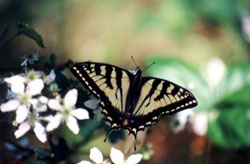 Yann Martel’s brilliantly entertaining blog, What is Stephen Harper Reading, is a treasure trove for booklovers.
Yann Martel’s brilliantly entertaining blog, What is Stephen Harper Reading, is a treasure trove for booklovers.
If you are a writer in a country run by a man who does not care about the arts – and certainly does not give them enough money – how do you change his mind? Lobbying would be ineffective. Whiny columns will be predictable. And megaphones and placards are dull to a novelist who can dream up an ocean-going Bengal tiger named Richard Parker.
Yann Martel, whose Life of Pi won the Man Booker prize, has come up with his own form of direct action: every second Monday, he sends a book to the Canadian prime minister, Stephen Harper. If the PM will not follow the arts, the arts must come to him – by post.
These are not just any books, mind; Mr Harper is a busy man, so what he gets is short and accessible. As light reading, they can still be pretty heavy: Tolstoy, Hindu scriptures, Strindberg. Such texts, the writer says, “expand stillness” – just what a head of state needs after an infernal day’s politics.
When is he meant to read them? “Everyone can do a page at bedtime,” says Mr Martel. “Or his aide could get a book to him when he visits the toilet.” Each second-hand paperback has an introductory note from the sender (“Om Shanti” ends the letter accompanying the Bhagavad Gita).
An ice-hockey fan, the PM has not commented on his gifts. But to give is better than to receive, and the unrequited novelist will continue his campaign until Mr Harper leaves office. “If I knew he liked thrillers,” says Mr Martel, “I would send more of those – perhaps a Chinese thriller.”
Martel explains:
On March 28th, 2007, at 3 pm, I was sitting in the Visitors’ Gallery of the House of Commons, I and forty-nine other artists from across Canada, fifty in all, and I got to thinking about stillness. To read a book, one must be still. To watch a concert, a play, a movie, to look at a painting, one must be still. Religion, too, makes use of stillness, notably with prayer and meditation. Just gazing upon a still lake, upon a quiet winter scene—doesn’t that lull us into contemplation? Life, it seems, favours moments of stillness to appear on the edges of our perception and whisper to us, “Here I am. What do you think?” Then we become busy and the stillness vanishes, yet we hardly notice because we fall so easily for the delusion of busyness, whereby what keeps us busy must be important, and the busier we are with it, the more important it must be. And so we work, work, work, rush, rush, rush. On occasion we say to ourselves, panting, “Gosh, life is racing by.” But that’s not it at all, it’s the contrary: life is still. It is we who are racing by.
I was thinking about that, about stillness, and I was also thinking, more prosaically, about arts funding, not surprising since we fifty artists were there in the House to help celebrate the fifty years of the Canada Council for the Arts, that towering institution that has done so much to foster the identity of Canadians. I was thinking that to have a bare-bones approach to arts funding, as the present Conservative government has, to think of the arts as mere entertainment, to be indulged in after the serious business of life, that—in conjunction with retooling education so that it centres on the teaching of employable skills rather than the creating of thinking citizens—is to engineer souls that are post-historical, post-literate and pre-robotic; that is, blank souls wired to be unfulfilled and susceptible to conformism at its worst—intolerance and totalitarianism—because incapable of thinking for themselves, and vowed to a life of frustrated serfdom at the service of the feudal lords of profit.

The Prime Minister did not speak during our brief tribute, certainly not. I don’t think he even looked up. The snarling business of Question Period having just ended, he was shuffling papers. I tried to bring him close to me with my eyes.
Who is this man? What makes him tick? No doubt he is busy. No doubt he is deluded by that busyness. No doubt being Prime Minister fills his entire consideration and froths his sense of busied importance to the very brim. And no doubt he sounds and governs like one who cares little for the arts.
But he must have moments of stillness. And so this is what I propose to do: not to educate—that would be arrogant, less than that—to make suggestions to his stillness.
For as long as Stephen Harper is Prime Minister of Canada, I vow to send him every two weeks, mailed on a Monday, a book that has been known to expand stillness.
~~ From the Globe and Mail, April 14, 2007
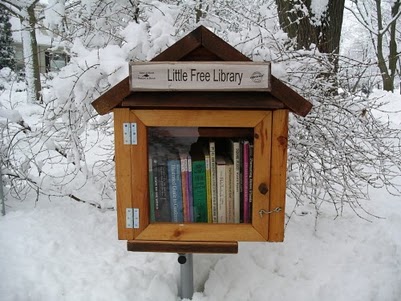


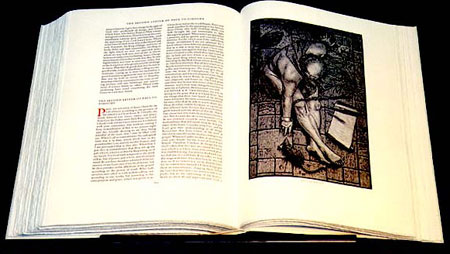
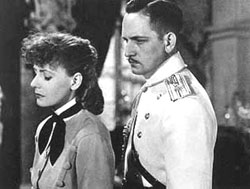 “There was a lot wrong with it and it was flawed in many ways…almost nobody liked the ending.”
“There was a lot wrong with it and it was flawed in many ways…almost nobody liked the ending.” Yann Martel’s brilliantly entertaining blog,
Yann Martel’s brilliantly entertaining blog, 
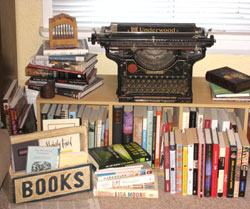 When Heidi Hallett purchased Frog Hollow Books in Halifax’s Park Lane Mall a little over two years ago, she did so out of a lifelong love for literature. After almost a decade as a co-owner of The Coast, Halifax’s only independent weekly newspaper, she decided that it was time to turn the page on her profession.
When Heidi Hallett purchased Frog Hollow Books in Halifax’s Park Lane Mall a little over two years ago, she did so out of a lifelong love for literature. After almost a decade as a co-owner of The Coast, Halifax’s only independent weekly newspaper, she decided that it was time to turn the page on her profession.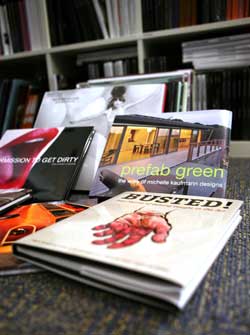 The first time Jeannet Leendertse, a freelance book designer, saw the software on the
The first time Jeannet Leendertse, a freelance book designer, saw the software on the 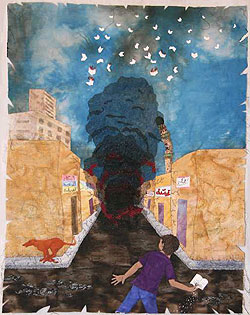 The brutalities of the Iraq war accumulate so fast it is difficult to keep track. But in this season of fifth- year anniversaries, one largely forgotten crime demands to be recalled, in part because it relates directly to the politics of memory itself. Five years ago this week, US troops stood by as looters sacked the Iraq National Library and Archives – one of the oldest and most used in the world. In Arab countries the old expression was “Cairo writes, Beirut publishes, and Baghdad reads.”
The brutalities of the Iraq war accumulate so fast it is difficult to keep track. But in this season of fifth- year anniversaries, one largely forgotten crime demands to be recalled, in part because it relates directly to the politics of memory itself. Five years ago this week, US troops stood by as looters sacked the Iraq National Library and Archives – one of the oldest and most used in the world. In Arab countries the old expression was “Cairo writes, Beirut publishes, and Baghdad reads.” The current Director of Iraq’s National Library and Archive, Dr. Saad Eskander, estimates that over three days, beginning on April 11, 2003, as many as “60 percent of the Ottoman and Royal Hashemite era documents were lost as well as the bulk of the Ba’ath era documents…. [and] approximately 25 percent of the book collections were looted or burned.” Other Iraqi manuscript collections and university libraries suffered similar fates.
The current Director of Iraq’s National Library and Archive, Dr. Saad Eskander, estimates that over three days, beginning on April 11, 2003, as many as “60 percent of the Ottoman and Royal Hashemite era documents were lost as well as the bulk of the Ba’ath era documents…. [and] approximately 25 percent of the book collections were looted or burned.” Other Iraqi manuscript collections and university libraries suffered similar fates.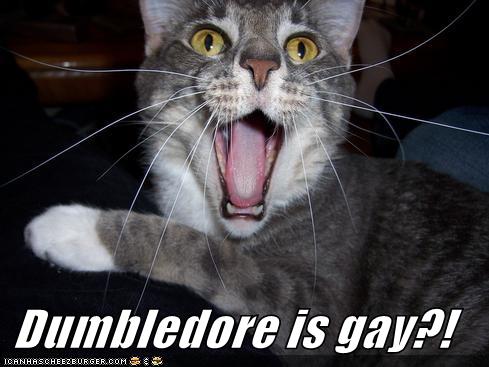
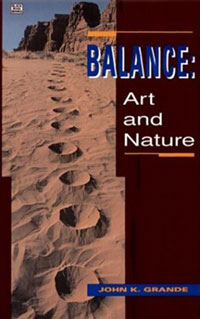 Art critic John Grande writes about environmental art in his book, Balance: Art and Nature
Art critic John Grande writes about environmental art in his book, Balance: Art and Nature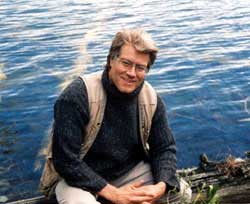 To develop a dialogue more in touch with nature, Grande argues that artists should favour their specific culture and the diversity of the ecological communities in which they live rather than the homogenizing pressures of internationalism. He asserts that contemporary artists’ preoccupation with international “market recognition,” often reinforced by museums and funders, promotes a “product standardization” that takes precedence over any desire to represent one’s own culture and bioregion. In such a horizontal milieu, artists and their works consequently become easily interchangeable. The attendant appropriation of Third World, tribal and extranational art styles not only mirrors acts of economic expropriation but also often ensures the commercial success of the collusive artists. Such appropriation barely pauses to appreciate the source culture’s context and meaning.
To develop a dialogue more in touch with nature, Grande argues that artists should favour their specific culture and the diversity of the ecological communities in which they live rather than the homogenizing pressures of internationalism. He asserts that contemporary artists’ preoccupation with international “market recognition,” often reinforced by museums and funders, promotes a “product standardization” that takes precedence over any desire to represent one’s own culture and bioregion. In such a horizontal milieu, artists and their works consequently become easily interchangeable. The attendant appropriation of Third World, tribal and extranational art styles not only mirrors acts of economic expropriation but also often ensures the commercial success of the collusive artists. Such appropriation barely pauses to appreciate the source culture’s context and meaning.